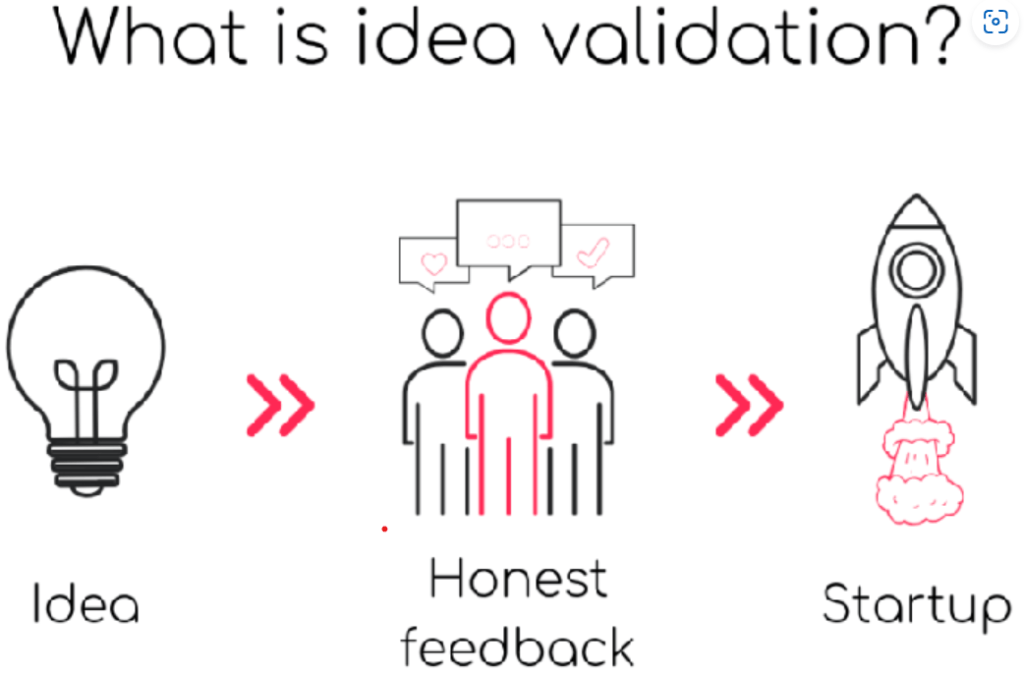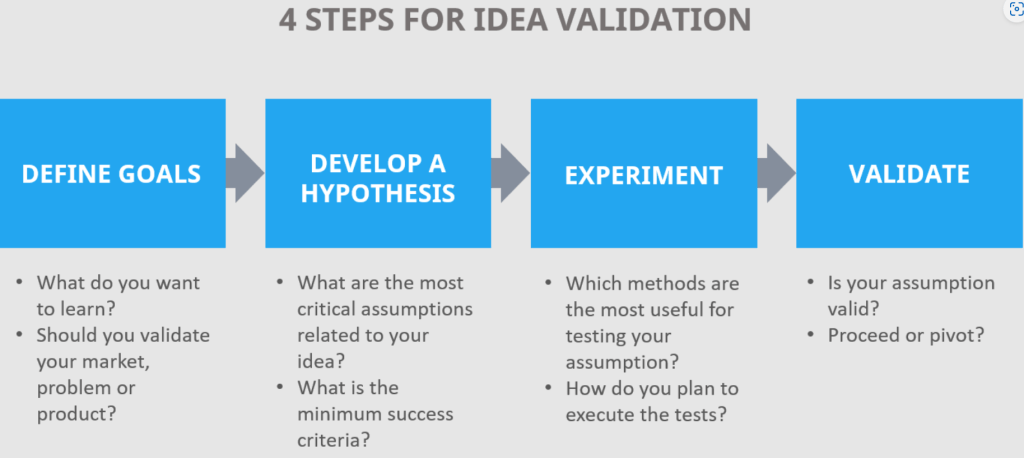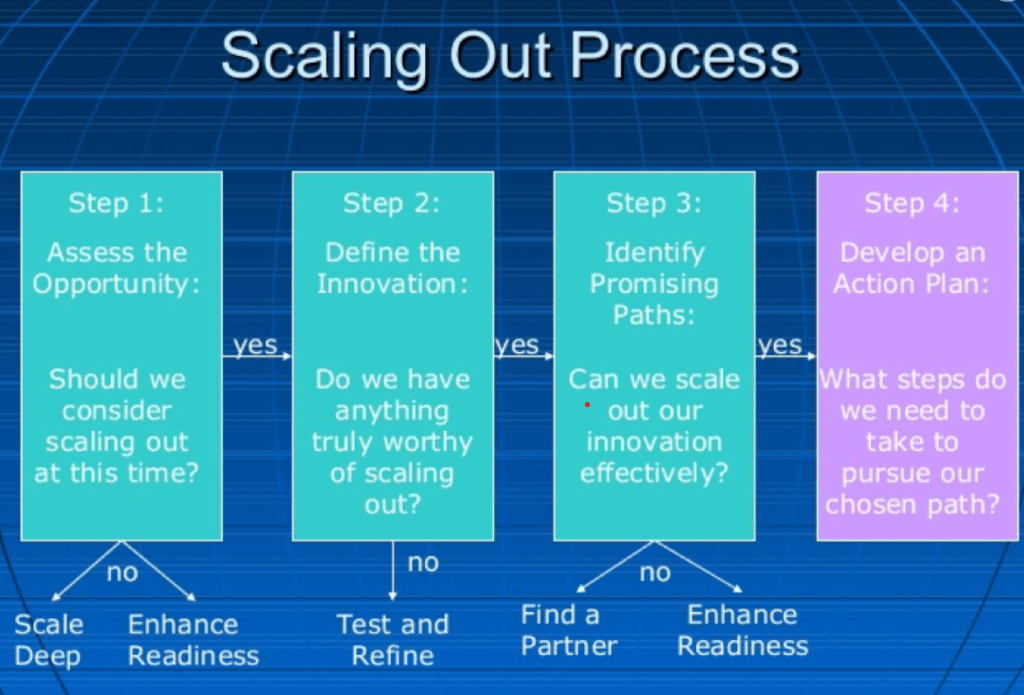From Idea to Launch: The Journey of a Successful Organization
Giving birth is one of the most transformative experiences a woman can have. For many women, it is the culmination of months of anticipation and preparation, as well as a moment that will change their lives forever. Just like a woman gives birth to a child, an entrepreneur gives birth to a company from a start-up to a successful organization.
Entrepreneurship is a challenging but rewarding journey. Starting a business from scratch requires a lot of hard work, dedication, and perseverance. However, with the right mindset and strategies, an entrepreneur can give birth to a successful company that can grow into a thriving organization.
The journey from a startup to an organization involves several stages, each with its own challenges and opportunities.
In this blog post, I will explore these stages and discuss the key steps that entrepreneurs can take to turn their startup into a successful organization.
Stage 1: Ideation and Validation:
A good idea solves a significant problem, and is an “aspirin, not a vitamin.” Examples include Slack, whose team-oriented communication platform tackles some of the problems of organisational email overload.
The first stage of building a company is ideation and validation. In this stage, entrepreneurs come up with an idea for a product or service and test it in the market to see if it has potential. The goal is to validate the idea and make sure that there is a demand for it.

To validate an idea, entrepreneurs can conduct market research, surveys, and focus groups to gather feedback from potential customers. They can also build a minimum viable product (MVP) to test the idea and gather feedback from early adopters. The goal is to make sure that the idea has a viable market and a clear path to profitability.

Stage 2: Launch and Growth
- Once the idea is validated, the next stage is to launch the product or service and start growing the business. This stage involves building a team, developing a marketing strategy, and scaling the business.
- To launch the product or service, entrepreneurs can use a variety of channels, including social media, content marketing, and paid advertising. They can also leverage their personal networks and industry connections to spread the word about their business.
- As the business grows, entrepreneurs need to focus on building a strong team and developing a culture of innovation and collaboration. They need to hire talented employees, delegate responsibilities, and create a supportive work environment.

Stage 3: Scaling and Expansion:
The third stage of building a company is scaling and expansion. In this stage, entrepreneurs focus on increasing their market share and expanding their reach. This can involve entering new markets, launching new products or services, and exploring new business models.
To scale the business, entrepreneurs need to develop a scalable business model and invest in infrastructure and technology to support growth. They also need to develop strategic partnerships and alliances to expand their reach and gain access to new customers and markets.

Stage 4: Becoming an Organization:
The final stage of building a company is becoming an organization. In this stage, entrepreneurs focus on creating a sustainable and profitable business that can operate independently of their personal involvement. This involves developing strong systems and processes, building a strong brand, and creating a culture of excellence and innovation.
To become an organization, entrepreneurs need to focus on building a strong management team and delegating responsibilities. They also need to develop a clear vision and mission for the company and communicate it effectively to employees, customers, and stakeholders.

Stage 5: Fundraising:
One of the most important stages where the organization actually expands and grow in every aspects.
Early stage funding can come from family and friends, followed by crowdfunding, angel investors, incubators, accelerators, and VCs
While raising angel funds, it helps to identify a lead investor who can line up other angel investors. After receiving a term sheet, it can take around a month to complete due diligence proceedings.
Now some important parameters want to discuss which plays an important role in fundraising in a company:

Founder’s Pitch:
Storytelling is an important part of the founder’s pitch. It should cover industry trends as well as the founder’s personal journey and strengths.
In a startup, investors look at the team, traction, market size, and moat; tech VCs look for rapid growth as well. This should be conveyed in a crisp pitch deck, with an appendix of additional slides
The pitch deck should cover purpose, problem, solution, traction, market opportunity, competition, go-to-market strategy, business model, team, financials, and the ask.
Develop a Strong Business Plan:
Before seeking funding, it’s important to develop a strong business plan that outlines your goals, strategies, and financial projections. This will help investors understand your vision and assess the potential for your business.
Know Your Market:
Investors will want to see that you have a deep understanding of your target market and the competition. Conduct thorough market research and be prepared to answer questions about your customers, competitors, and industry trends.
Be Clear About Your Funding Needs:
When seeking funding, be clear about how much capital you need and what you plan to use it for. Investors want to see that you have a clear plan for how you will use their funds to achieve your goals.
Be Prepared to Negotiate:
Well, here we have to be a smart player as undraising often involves negotiation, so be prepared to make concessions and find common ground with potential investors. Be flexible and open to feedback, but also be clear about your priorities and what you are willing to compromise on.
Final Intake:
Building a successful company is a challenging but rewarding journey. To turn a startup into an organization, entrepreneurs need to focus on ideation and validation, launch and growth, scaling and expansion, and becoming an organization. By taking a strategic and disciplined approach to building their business, entrepreneurs can create a thriving company that makes a positive impact on their customers, employees, and society as a whole.
Add Comment
You must be logged in to post a comment.








